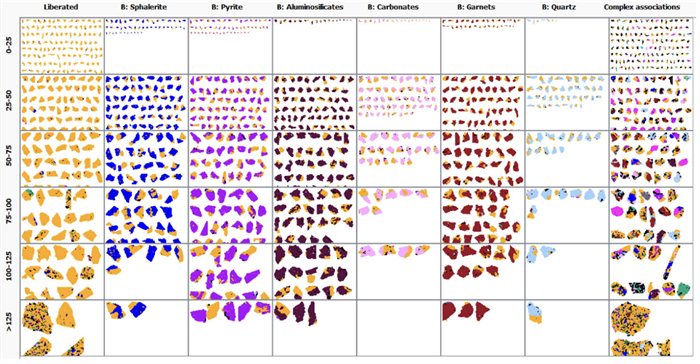by
Halide Nur Dursun | Jul 09, 2025
A recent study by Mehmet Umut Beşirli and Assoc. Prof. Dr. Hüseyin Baştürkcü from Istanbul Technical University proposes an alternative route for extracting indium from chalcopyrite concentrate, a copper-rich sulfide material. Unlike conventional recovery processes that rely on zinc-based sources, this study demonstrates that chalcopyrite can serve as a viable primary source of indium through a newly designed process flowsheet.
A recent study by Mehmet Umut Beşirli and Assoc. Prof. Dr. Hüseyin Baştürkcü from Istanbul Technical University proposes an alternative route for extracting indium from chalcopyrite concentrate, a copper-rich sulfide material. Unlike conventional recovery processes that rely on zinc-based sources, this study demonstrates that chalcopyrite can serve as a viable primary source of indium through a newly designed process flowsheet.
The proposed method incorporates sulfation roasting, cementation, and solvent extraction stages, achieving 82.0% indium and 98.9% copper overall recoveries. Notably, both metals reached high purity levels, with final product grades exceeding 90%. In addition to indium and copper recovery, the process produced a leach residue containing 44.49 ppm gold (Au) and 3330 ppm silver (Ag), highlighting its potential for integrated precious metal recovery.
This research contributes to the ongoing search for alternative sources of critical metals and offers a technically promising solution for the efficient processing of complex polymetallic ores.
Relevant Citation: Beşirli, M. U., & Baştürkcü, H. (2025). An Alternative Route to Extract Indium from Chalcopyrite Concentrate. JOM, 77(5), 3418-3429. doi.org/10.1007/s11837-025-07303-4

Chalcopyrite concentrate sample locking categories.